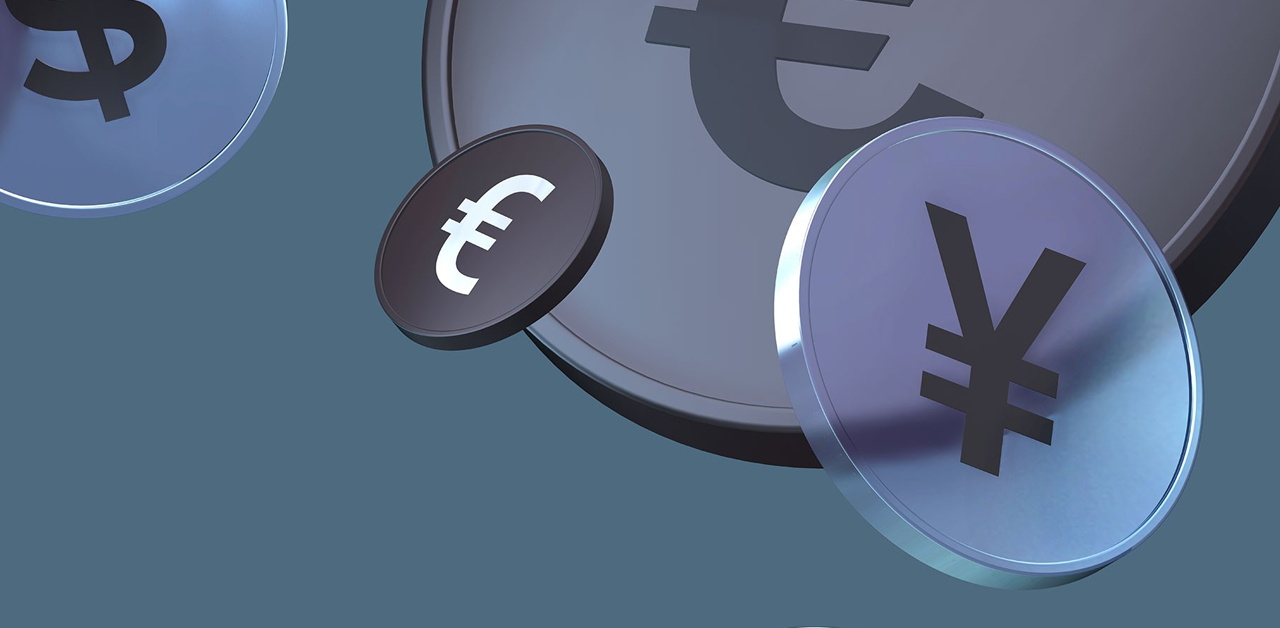Bank of Japan Initiates Unexpected Bond Purchase
In an unexpected maneuver, the Bank of Japan (BOJ) declared an unscheduled bond operation this Tuesday. This move comes in response to the escalating Japanese government bond (JGB) yields that recently touched their highest levels in a decade. By making this move, the BOJ intends to exert control and manage the sudden inflation of JGB yields, aiming to maintain financial stability within the country.
To provide a clearer perspective, the central bank of Japan, in this sudden operation, has put forth an offer to purchase bonds worth 300 billion yen (equivalent to $2.00 billion) that come with a maturity span ranging between five to ten years. Additionally, the bank has also shown interest in acquiring bonds valued at 100 billion yen, which possess maturities extending from 10 to 25 years. These purchases are slated to commence from Wednesday.
This initiative is over and above the BOJ’s regular proposition, wherein it pledges to procure an infinite quantity of JGBs daily, sticking to a fixed rate of 1%. This continual commitment from the bank underscores its dedication to economic steadiness and its proactive stance in dealing with unexpected market fluctuations.
The aftermath of the BOJ’s announcement was promptly visible in the financial markets. Specifically, the 10-year JGB yield, coded as JP10YTN=JBTC, witnessed a slight decline, moving 0.5 basis points down to 0.855%. Notably, prior to this adjustment, the yield remained steady at Monday’s closing rate of 0.86%, a peak not seen since the summer of 2013.
It’s worth noting the international influences that might be impacting Japanese yields. A remarkable surge in the U.S. Treasury yields has been observed, with the benchmark 10-year note, referred to as US10YT=RR, soaring to an impressive 5% overnight. This surge marked its pinnacle in the last 16 years, indicating substantial global financial shifts.
Furthermore, as a part of its comprehensive strategy, the BOJ has imposed a cap on the 10-year yield, limiting it to 1%. This falls under the bank’s yield curve controls (YCC) mechanism, which was surprisingly adjusted this past July. Even though the existing yield substantially trails this upper limit, it’s evident that the policymakers are vigilantly monitoring the situation. They have been consistently intervening to ensure that the rate of yield increments remains controlled and gradual.
In conclusion, as Japan’s economy encounters these yield challenges, all eyes are on the BOJ, anticipating its next policy decision, which is due to be unveiled on October 31st. This forthcoming announcement is expected to provide further insights into Japan’s economic trajectory and the central bank’s evolving strategies.











